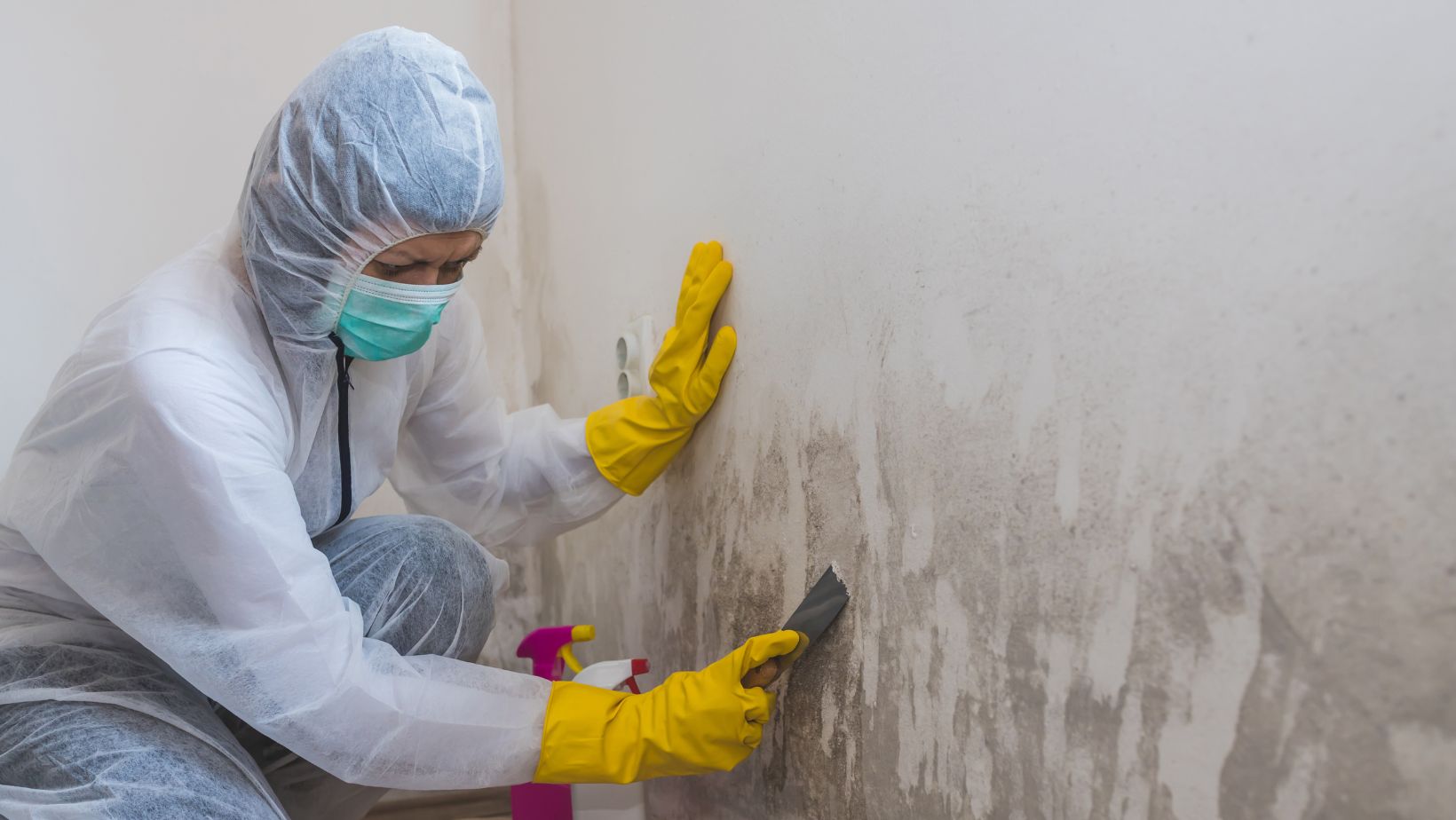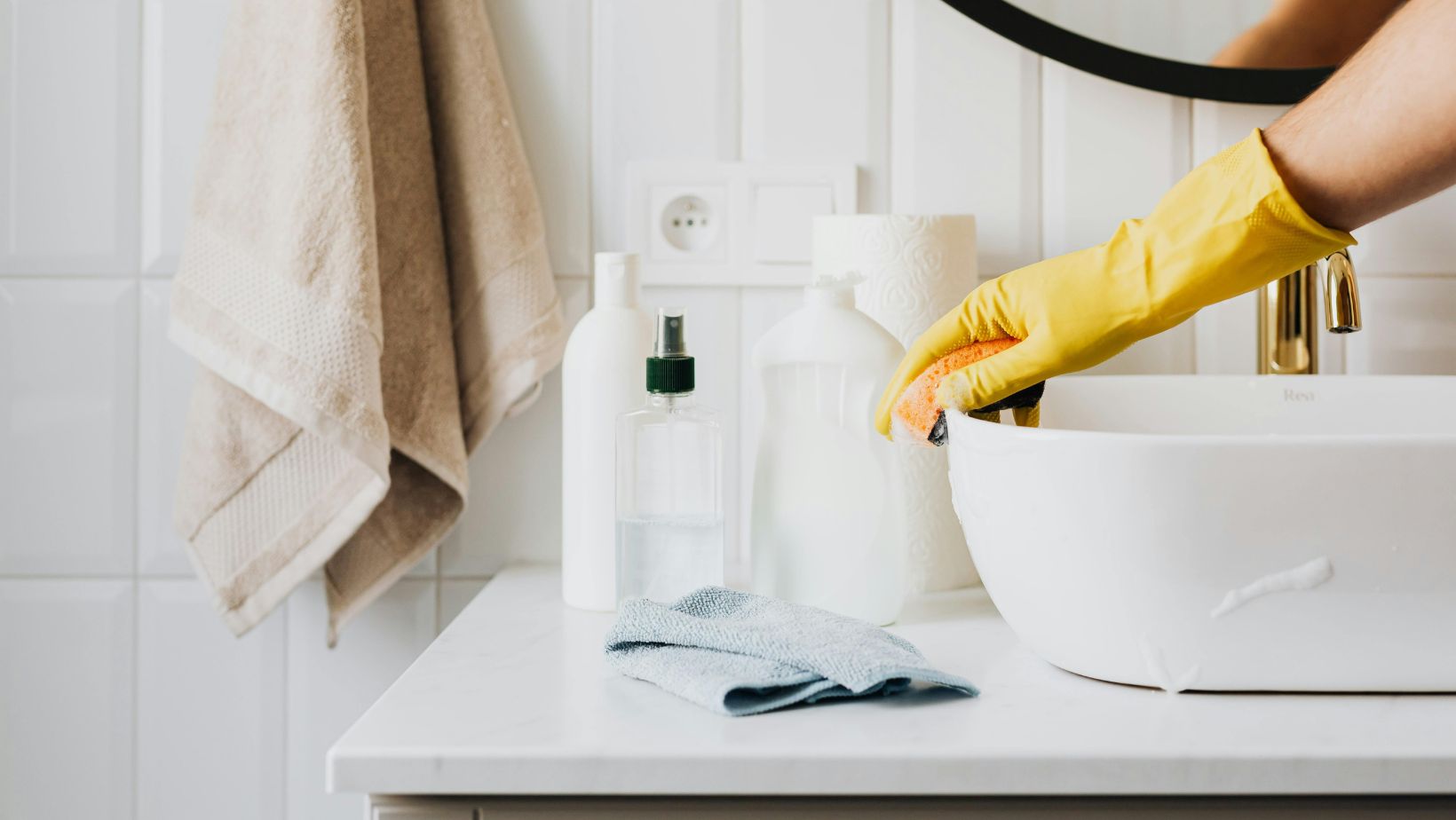Understanding Mould And Its Impact On Your Home
Mould is more than just an unsightly nuisance; it can pose serious health risks and damage your home. This fungus thrives in damp environments, often found in areas like bathrooms, kitchens, and basements. Mould spores can trigger allergic reactions, respiratory issues, and other health problems, particularly for those with pre-existing conditions. Understanding the types of mould that can invade your space is the first step in tackling this problem effectively.
Common Types Of Mould Found In Homes
There are several types of mould that can commonly be found in households. The most prevalent include:
- Stachybotrys: Often referred to as black mould, this type is notorious for its harmful effects on health.
- Alternaria: This mould typically appears in damp areas and can cause allergic reactions.
- Aspergillus: Found in various environments, Aspergillus can lead to respiratory issues in sensitive individuals.
- Cladosporium: This type is usually green or black and can thrive in both indoor and outdoor settings.
Recognizing these types is crucial, as it can guide your approach to removal and prevention.
Three Practical Tips For Mould Removal
Removing mould effectively requires a strategic approach. Here are three practical tips to help you eliminate mould from your home:
1. Use Effective Mould Removal Products
One of the most effective ways to tackle mould is by using specialized mould removal products. For instance, HG mould spray is designed to eliminate mould quickly and efficiently. Simply spray the affected area, let the product work for about 30 minutes, and then clean the surface with water and a sponge. This method not only removes the mould but also leaves your space with a fresher scent compared to using vinegar or baking soda.
To learn more about how to get rid of mould, you can explore various options and techniques that can suit your specific needs.
2. Identify And Address The Source Of Moisture
Even the best mould removal efforts will be futile if the underlying cause of moisture is not addressed. Check for leaks in plumbing, poor ventilation, or condensation build-up. For example, if you notice mould in your bathroom, consider installing an exhaust fan to improve airflow. In kitchens, ensure that you wipe up spills immediately and keep surfaces dry. Identifying and fixing these sources will help prevent mould from returning.
3. Regular Maintenance And Cleaning
Regularly maintaining your home can significantly reduce the chances of mould growth. This includes keeping your living spaces clean and dry. Use a dehumidifier in areas prone to moisture and ensure that your gutters are clean to prevent water from pooling near your foundation.

Additionally, consider using mould-resistant paint in areas like bathrooms and kitchens to provide an extra layer of protection.
Recognizing Mould-Related Problems In Your Home
Understanding the common problems that lead to mould growth can help you stay proactive. Here are three frequent issues:
1. Poor Ventilation
Inadequate airflow in areas like bathrooms and basements can create a perfect breeding ground for mould. Ensure that windows can open and that vents are clear. Installing exhaust fans can also help maintain good air quality.
2. Water Damage
If your home has experienced water damage due to flooding or leaks, it’s crucial to address it immediately. Even small leaks can lead to significant mould problems if left untreated. Dry out any wet areas promptly and monitor them for signs of mould growth.
3. Humidity Levels
High humidity can contribute to mould growth, especially in warm climates. Aim to keep indoor humidity levels below 60%. Using a hygrometer can help you monitor these levels, and a dehumidifier can be a great investment for areas prone to dampness.
Alternative Mould Removal Methods
While commercial products like HG mould spray are highly effective, some people prefer to use natural remedies. Here are a few alternatives:
1. Vinegar
Vinegar is a common household item that can kill some types of mould. Spray undiluted white vinegar on the affected area and let it sit for at least an hour before scrubbing and rinsing. However, it may not be as effective against tougher mould types.
2. Baking Soda
Baking soda is another natural solution. Mix it with water to create a paste, apply it to the mould, and scrub the area. This method can help absorb moisture and prevent future growth.
3. Hydrogen Peroxide
Hydrogen peroxide is a powerful antifungal and antibacterial agent. Spray it on the mould and let it sit for about ten minutes before wiping it away. Just be cautious, as it can bleach some surfaces.
Preventing Mould Growth In The Future
Once you’ve tackled the existing mould, focus on prevention to keep your home mould-free. Here are some strategies:
1. Regular Inspections
Make it a habit to check areas prone to mould regularly. Look for any signs of dampness or mould, and address them immediately to prevent larger issues down the line.
2. Maintain Your Home’s Exterior
Ensure that your home’s exterior is in good condition. Check for cracks in the foundation and repair them. Make sure that gutters and downspouts are directing water away from your home.
3. Educate Your Family
Teach your family about the importance of keeping areas dry and clean. Encourage them to report any signs of mould or dampness as soon as they notice them. A proactive approach from everyone in the household can make a significant difference.



















